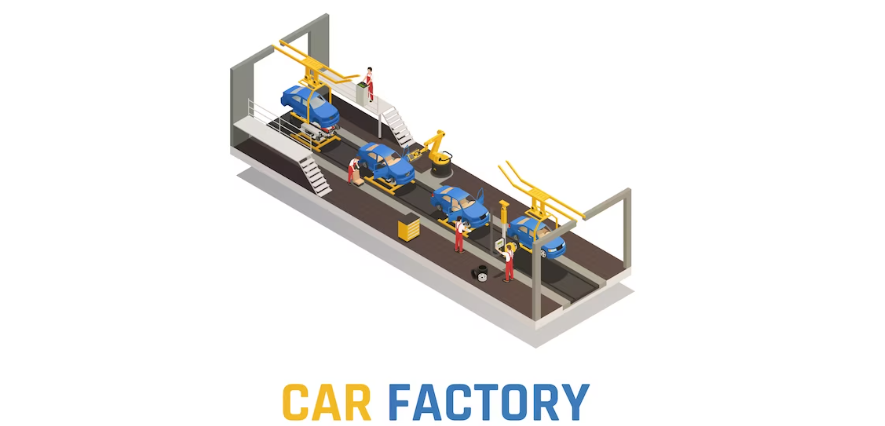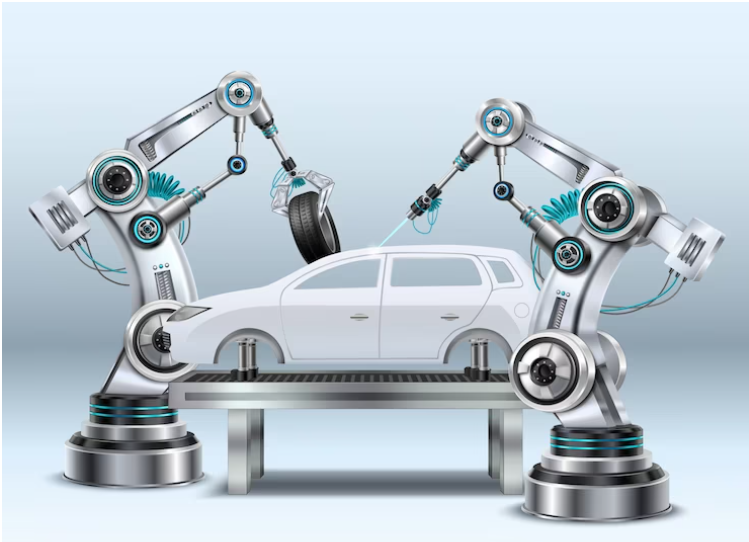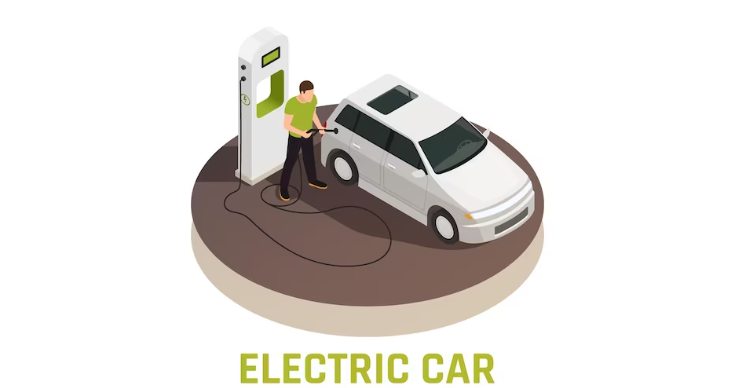Introduction
The global automotive industry is in the midst of a revolutionary transformation, with electric vehicles (EVs) at the forefront of this shift. As consumers and governments increasingly prioritize sustainability and reduced carbon emissions, the demand for EVs is surging. This seismic shift is not only impacting the automobile sector but also reshaping the manufacturing processes that support it. Sheet metal fabrication technology, a critical component of vehicle production, is evolving rapidly to meet the specific needs of electric vehicle manufacturing. In this blog, we’ll explore how the electric vehicle market is driving significant changes in sheet metal fabrication technology.
Light weighting: A Key Factor
One of the primary drivers of change in sheet metal fabrication is the emphasis on light weighting. Electric vehicles are designed with energy efficiency in mind, and reducing the vehicle’s weight is a crucial aspect of achieving this goal. Traditional internal combustion engine (ICE) vehicles rely heavily on heavy components like engines and transmission systems. However, electric vehicles, which are inherently simpler in terms of mechanical components, can achieve better performance and range with lighter materials.

Advanced Materials:
- Aluminum: Aluminum has become a go-to material for EV manufacturers. It is lightweight, corrosion-resistant, and highly recyclable. Sheet metal fabrication technology has adapted to efficiently process aluminum sheets to meet the growing demand for EV chassis and body components.
- Composite Materials: Composite materials like carbon fiber-reinforced plastics are being used for structural components to further reduce weight while maintaining strength. Sheet metal fabrication processes have been extended to accommodate these composites, including innovative techniques like resin transfer molding (RTM) for mass production.
Innovative Manufacturing Techniques:
- Hydroforming: This technique uses high-pressure fluid to form metal sheets into complex shapes with minimal material waste. It has gained prominence in EV manufacturing to produce lightweight yet durable components.
- Hot Stamping: EVs require high-strength steel for safety, and hot stamping enables the production of ultra-strong steel parts with reduced weight. The technology’s application has increased significantly to meet EV safety standards.

Battery Integration
The heart of an electric vehicle lies in its battery pack. Integrating these large and heavy battery systems efficiently into the vehicle chassis is a complex challenge that has pushed sheet metal fabrication technology to evolve in several ways:
- Modular Design: Manufacturers are developing modular chassis designs that accommodate various battery pack sizes and configurations. Sheet metal components must be adaptable to fit different battery layouts without compromising structural integrity.
- Heat Management: EVs generate significant heat during operation, especially from the battery. Sheet metal fabrication technology has had to adapt to incorporate advanced thermal management solutions like heat shields and cooling channels.
- Precision Engineering: The precision and accuracy of sheet metal components have become even more critical to ensure a snug fit for the sensitive and costly battery systems.

Streamlined Production
Electric vehicles are expected to
gain significant market share in the coming years, necessitating higher
production volumes. Sheet metal fabrication technology has evolved to meet the
demands of this burgeoning industry:
- Automation:
Automation and robotics have become essential in sheet metal fabrication to
ensure consistent quality, reduce production time, and increase output. - Advanced
Simulation and Modelling: The use of computer-aided design (CAD) and
simulation tools has enabled manufacturers to optimize sheet metal components
for both weight and strength, reducing the need for physical prototypes and
testing. - Scalable
Manufacturing: Manufacturers are investing in scalable production processes
that can be easily adapted to different vehicle models and volumes to remain
flexible in a rapidly changing market.
Conclusion
The electric vehicle market is
undeniably a driving force behind the transformation of sheet metal fabrication
technology. From light weighting and innovative materials to battery
integration and streamlined production, the evolution of sheet metal
fabrication is a testament to the adaptability and resilience of the
manufacturing sector. As electric vehicles continue to gain popularity, we can
expect further innovations in sheet metal fabrication technology, contributing
not only to the automotive industry’s sustainability goals but also to the
advancement of manufacturing as a whole.
Related Post:
-
10 Proven Ways to Boost Your Car’s Performance
-
Sheet Metal Stamping Presses: Precision in Manufacturing
-
Sheet Metal Bend Relief Guidelines: Ensuring Successful Fabrication
-
Cold Rolled Steel Sheets vs. Hot Rolled Steel Sheets: Which is Right for Your Project?
-
Essential Tools and Equipment for Ductwork Fabrication: Ensuring Efficiency and Quality